ABOUT THE VICTORIAN JEWISH COMMUNITY
Jewish people first came to Australia on the First Fleet in 1788.
The 2022 Census recorded 46,000 Victorian Jews, but
demographers believe the true Victorian Jewish population
is closer to 60,000 people.
The 2022 Census recorded 46,000 Victorian Jews, but
demographers believe the true Victorian Jewish population
is closer to 60,000 people.
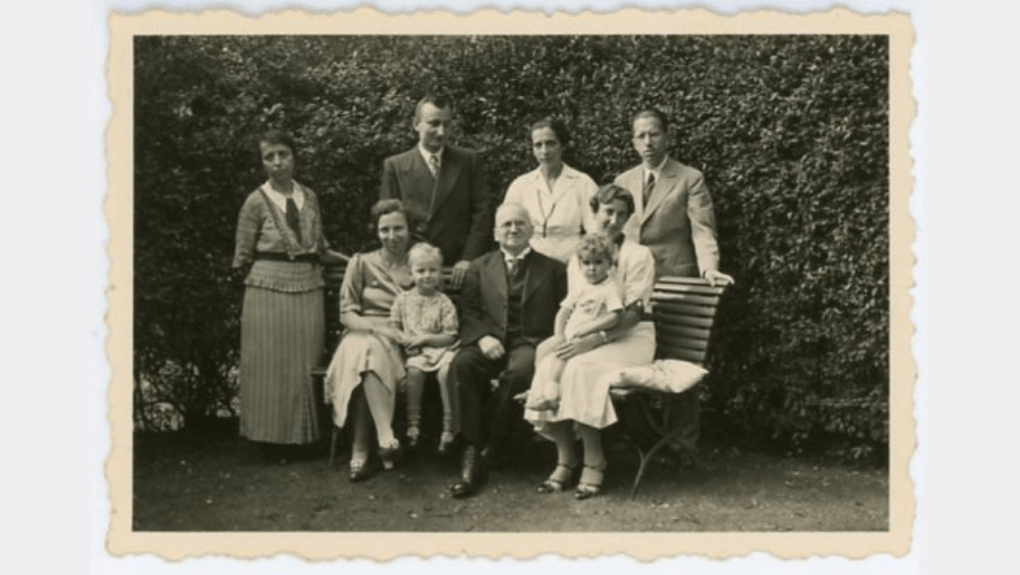
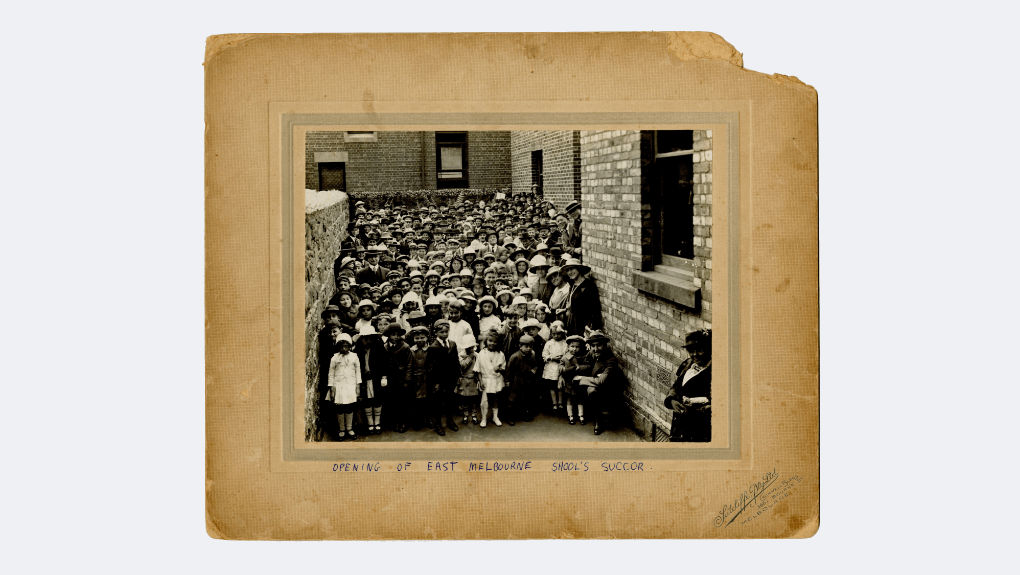
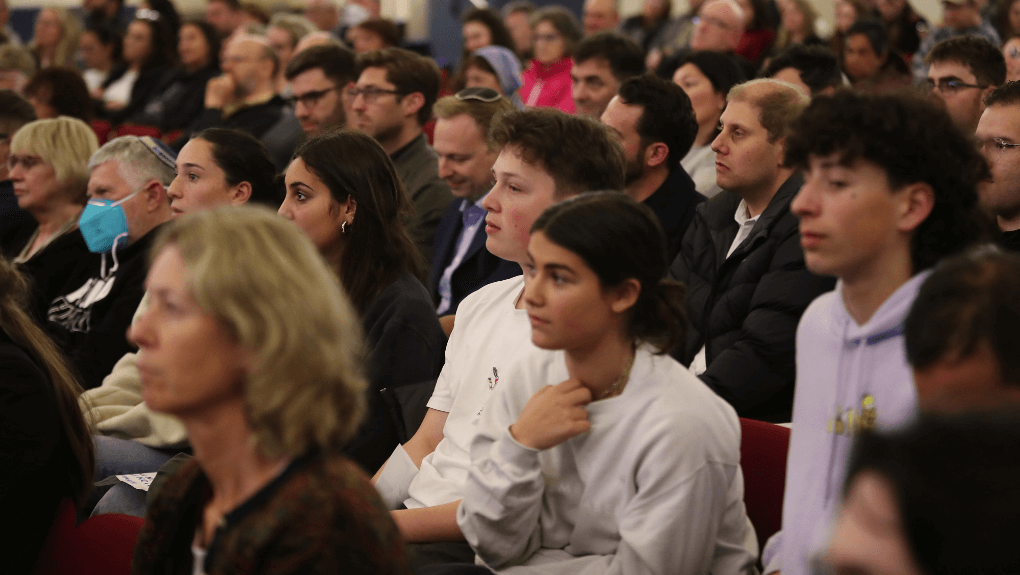
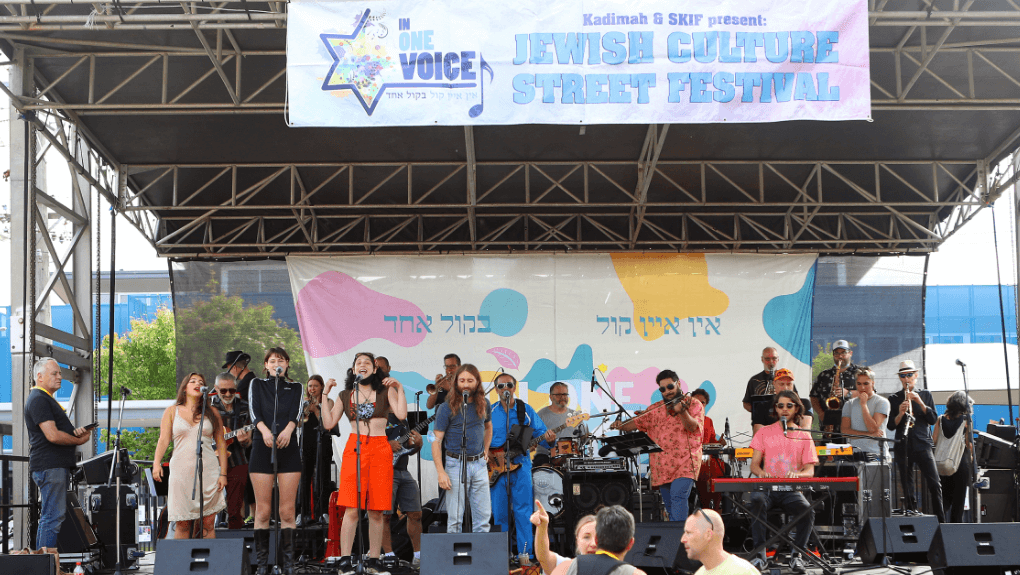
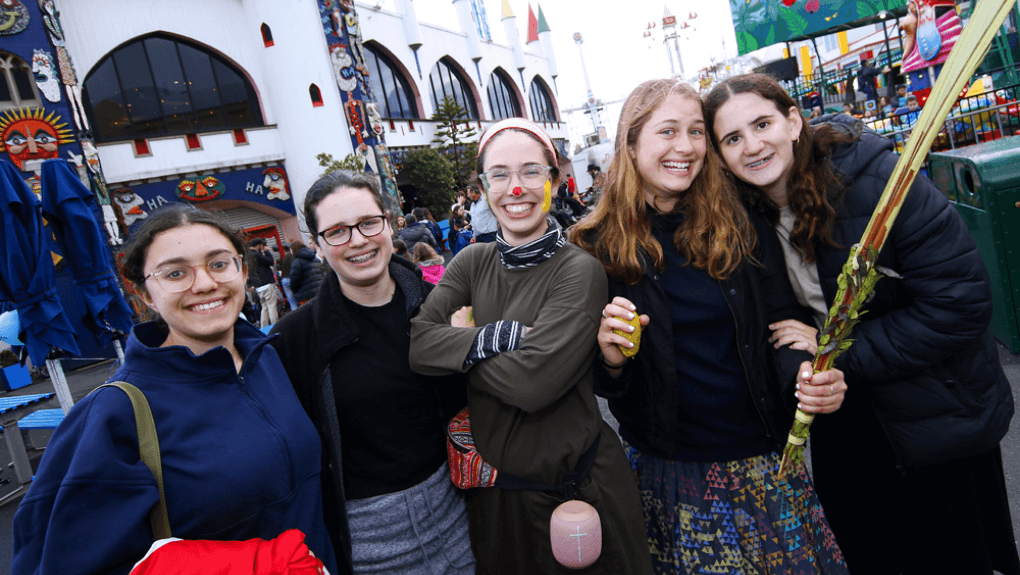
Origins
Jewish people have migrated in waves from the earliest days of European settlement of Australia.
Jewish people played an active role in the Victorian Gold Rush in the 1850s. By 1900, there were 3000 Jewish people settled in Victoria.
This number continued to grow in the first few decades of the 20th century, with Jewish people from central Europe joining the established Anglo-Jewish population in Melbourne. In the aftermath of World War II, 17,000 Jewish Holocaust survivors came to Australia, many of them settling in Melbourne.
Waves of Jewish migration from South Africa and the former Soviet Union followed in the late 20th century.
Early Days
Melbourne’s Jewish community was originally centred around Carlton, in Melbourne’s inner-north. That suburb became a centre of thriving Jewish religious and cultural life. There were kosher butchers, synagogues, and Yiddish language was often heard on the streets.
Today
Until 1949, Jewish education was delivered by synagogues and cultural organisations. This changed with the establishment of Mount Scopus Memorial College. Today, Melbourne has seven large Jewish day schools, and several smaller ones, offering a broad range of religious and cultural Jewish education, as well as secular education.
Today, the Victorian Jewish community is centred around the Melbourne suburbs of Caulfield, East St Kilda and Elsternwick. There are synagogues and religious facilities, Jewish schools and museums, and kosher food stores located in and around these suburbs.
There is a richness of religious, cultural, sporting, education and youth organisations in the Victorian Jewish community. From kollels (religious education institutions) to Kadimah (the Yiddish cultural centre). The JCCV counts more than 50 diverse Jewish organisations among its affiliates.
Research tells us that remembering the Holocaust, marking Jewish festivals with family and combatting antisemitism remain key priorities for our Jewish community. Additionally, more than two-thirds of the Victorian Jewish community identify as Zionist and value a strong connection to Israel.


